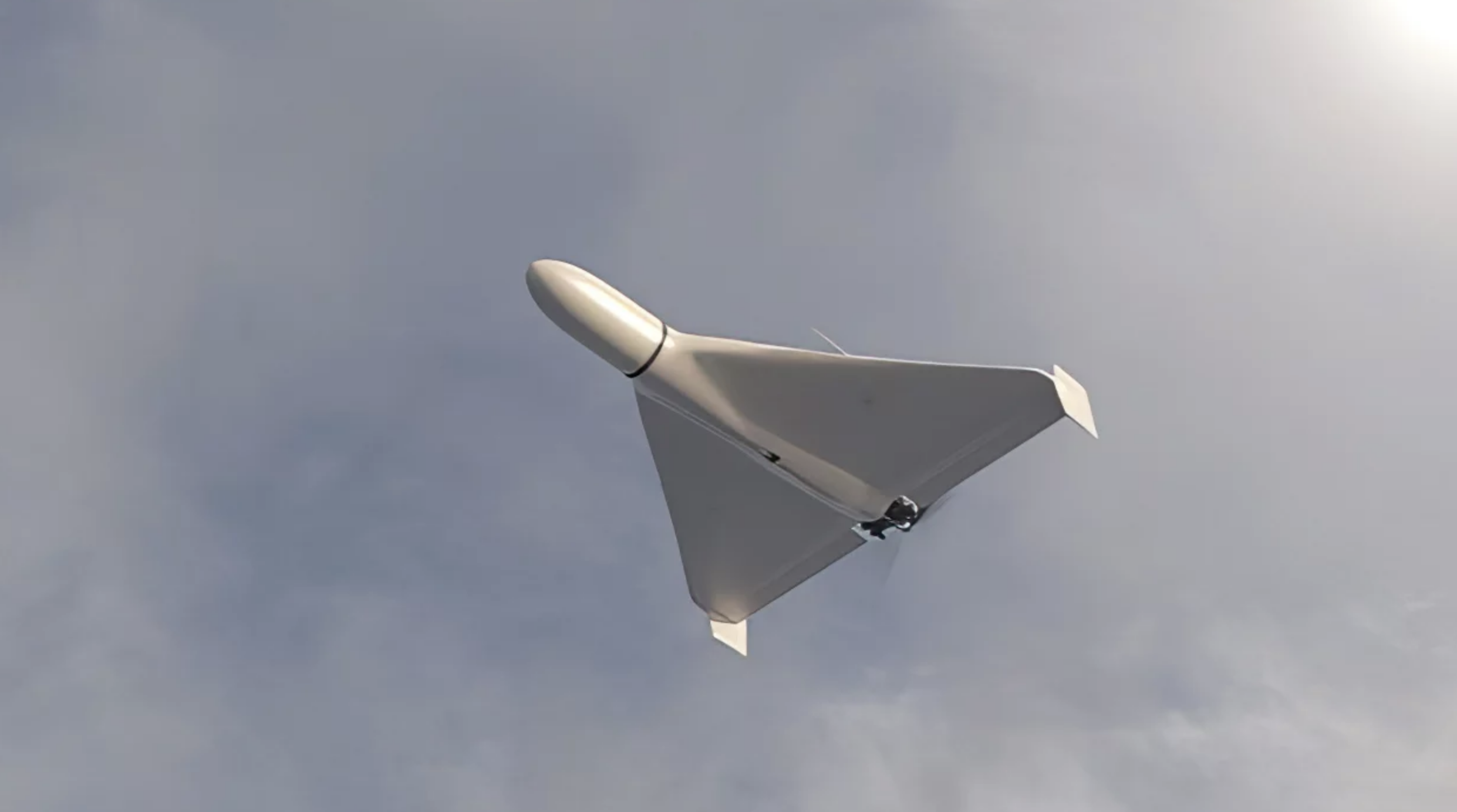Unveiling the Secrets of Shahed: A Comprehensive Guide to Iran's Deadly Drones
Prepare to delve into the captivating world of Shahed drones, Iran's formidable weapon that has redefined aerial warfare. These unmanned aerial vehicles (UAVs) have become a force to be reckoned with, silently soaring through the skies and delivering both fear and destruction. So, buckle up and let's uncover the secrets of these cybernetic birds of prey.
The Genesis of Shahed: A Legacy of Ingenuity
The Shahed drone program emerged amidst Iran's military prowess and nuclear aspirations. Born out of necessity, Iranian engineers meticulously designed and refined these UAVs to overcome the limitations imposed by international sanctions and embargoes. Their persistence and ingenuity have resulted in a formidable arsenal that has transformed Iran into a major player in drone warfare.
Types of Shahed Drones: A Diverse Arsenal
The Shahed family encompasses a vast array of drones, each tailored to specific missions. From the reconnaissance-oriented Shahed-129 to the devastatingly armed Shahed-136, these UAVs showcase Iran's technical diversity. The table below provides a detailed overview of their capabilities:
| Model | Mission | Range (km) | Speed (km/h) |
|---|---|---|---|
| Shahed-123 | Reconnaissance, Surveillance | 1,000 | 180 |
| Shahed-129 | Intelligence Gathering, Combat | 1,700 | 250 |
| Shahed-136 | Kamikaze Attack | 1,000 | 220 |
Shahed's Combat Prowess: A Force to Reckon With
Shahed drones have proven their mettle in numerous conflicts, showcasing their lethal capabilities. Their ability to conduct targeted strikes, provide real-time surveillance, and wage electronic warfare has earned them respect and fear on the battlefield. The Shahed-136, in particular, has emerged as a low-cost, high-impact weapon, capable of inflicting significant damage and disrupting enemy operations.
Shahed's Global Impact: A Threat to Regional Stability
The proliferation of Shahed drones has raised concerns beyond Iran's borders. These UAVs have been spotted in countries such as Yemen, Syria, and Iraq, where they have been used to support various factions and target both military and civilian targets. Their presence has heightened tensions and raised fears of a drone arms race in the region.
Countering the Shahed Threat: A Technological Arms Race
Recognizing the threat posed by Shahed drones, nations around the world are investing heavily in counter-drone technologies. Anti-drone systems, which can detect, disrupt, and neutralize UAVs, have become essential tools for protecting critical infrastructure and airspace. The development of these systems has spurred an arms race, as countries seek to stay ahead in the technological race for drone dominance.
Shahed's Future: Evolving Threats and Opportunities
The future of Shahed drones is uncertain but filled with potential. As technology advances, these UAVs will likely become more sophisticated and capable. Their ability to carry larger payloads, fly longer distances, and operate autonomously poses significant challenges for defense systems. However, the proliferation of Shahed drones also presents opportunities for cooperation and dialogue between nations. By working together, countries can develop common strategies to mitigate the risks and harness the potential benefits of drone technology.
Conclusion: A harbinger of the future of warfare
Shahed drones represent a significant milestone in the evolution of aerial warfare. Their low cost, high effectiveness, and ease of use have made them a game-changer on the battlefield. As the global arms market continues to evolve, Shahed drones will undoubtedly remain a potent force, shaping the future of conflicts and challenging nations to adapt to an ever-changing landscape of warfare.




